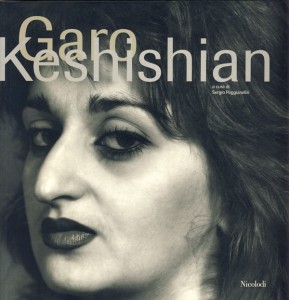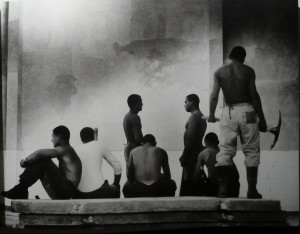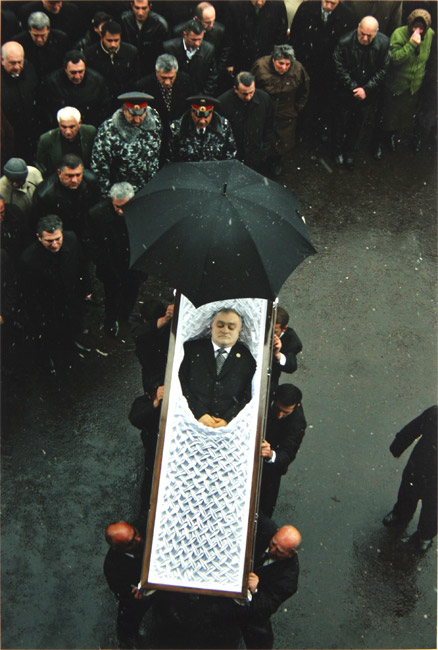I had never heard of Garo Keshishian. Nor seen any of his work. And it’s probably going to be a long time until I DO see his amazing photographs in the flesh.
It’s funny how randomly one can discover things if only one searches where it is least expected. Ebay has provided more ‘Oh My God… I can’t believe it’ moments than I can remember. The accidental ‘stumble’ upon a listing of Keshishian’s book on Ebay. wasn’t exactly a ‘eureka’ moment, but I hit the ‘Buy It Now’ button within two seconds.
The book in question is the only major survey of Keshishian’s art, published in conjunction with a retrospective exhibition held in 2002 in Venice. Beautifully designed and printed, the catalogue includes extensive essays in English and Italian by Georgi Lozanov, Sergio Poggianella and Rumen Serafimov. The photographs date from 1977 to 2001 and include Keshishian’s work in fashion, street, documentary and portraiture genres. I must admit to having a slight case of jaw-dropping when I went through the fashion works – which are only tangentially ‘fashion’. A surreal amalgamation of old-school studio photography, nude, portraiture, S&M and Helmut Newton glamour, these works have an unusual, unique – dare I say ‘Bulgarian’ edge to them that combines the abject and the grotesque with a sense of bohemian cool. Yes, kind of like that Czech guy, Saudek, but infinetly more profound and organic.
I won’t go overboard with analysis. Suffice to say that Keshishian who was born in 1946 in Varna, represents a summit of diasporic Armenian photography in Bulgaria, which has an extraordinarily rich history that stretches over a century. Keshishian’s engagement with his Armenian heritage is valuable in itself and the last part of the album consists of over 40 portraits of Bulgarian-Armenians which are deeply touching in their simplicity and emotional density. Let’s hope that Keshishian – the greatest Bulgarian photographer of modern times according to the writers – one day is revealed to viewers in Armenia as well (hopefully while he is still alive and kicking).
VG








